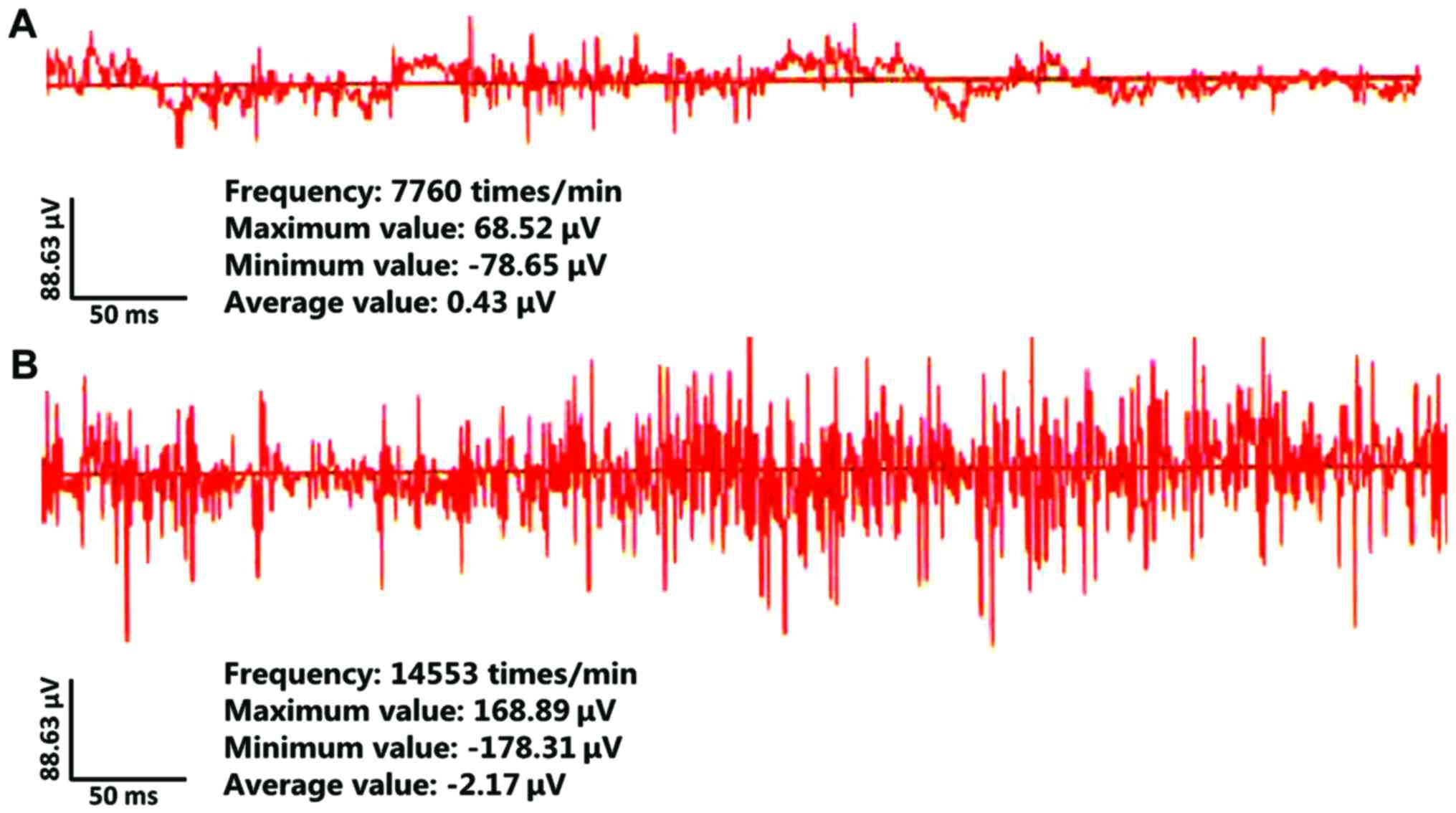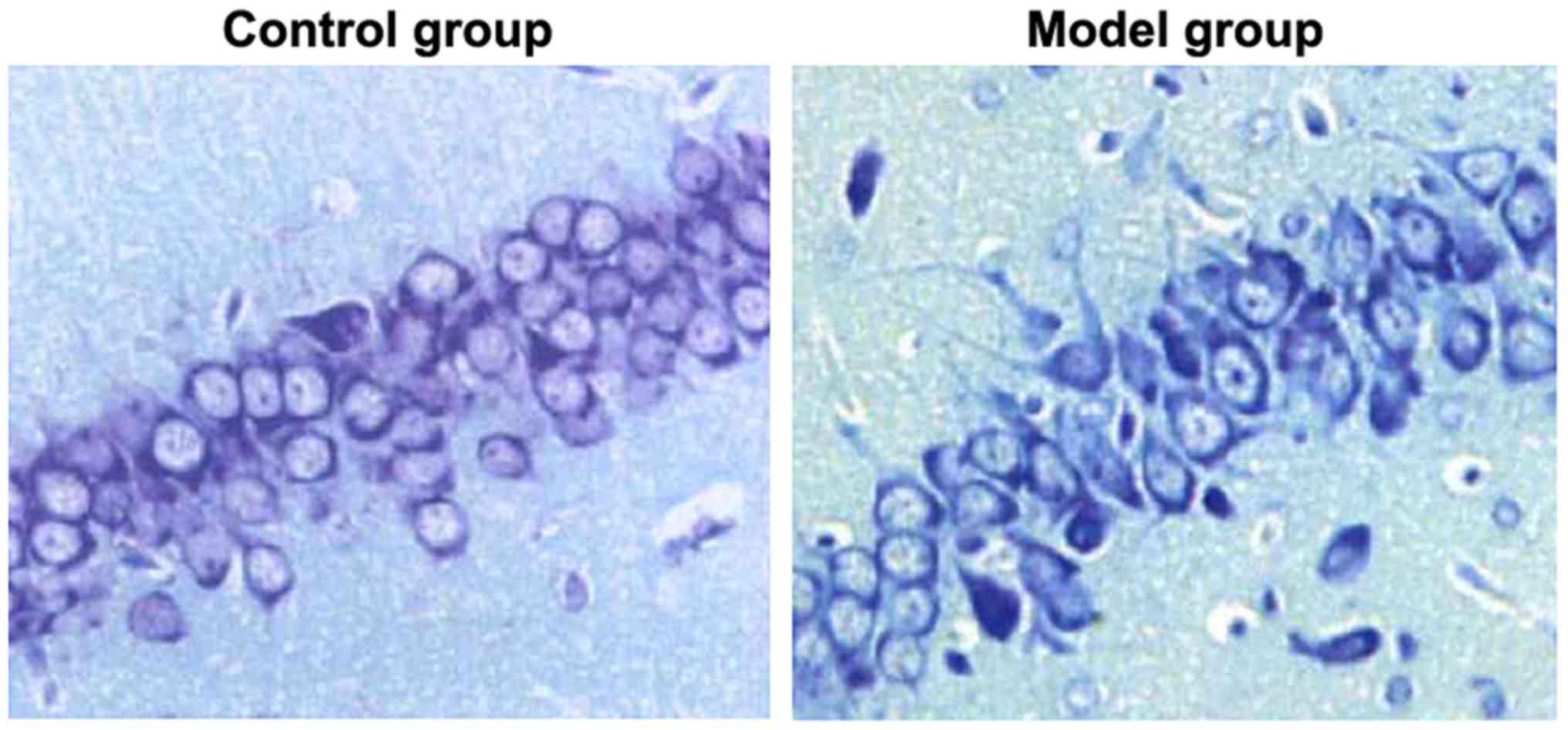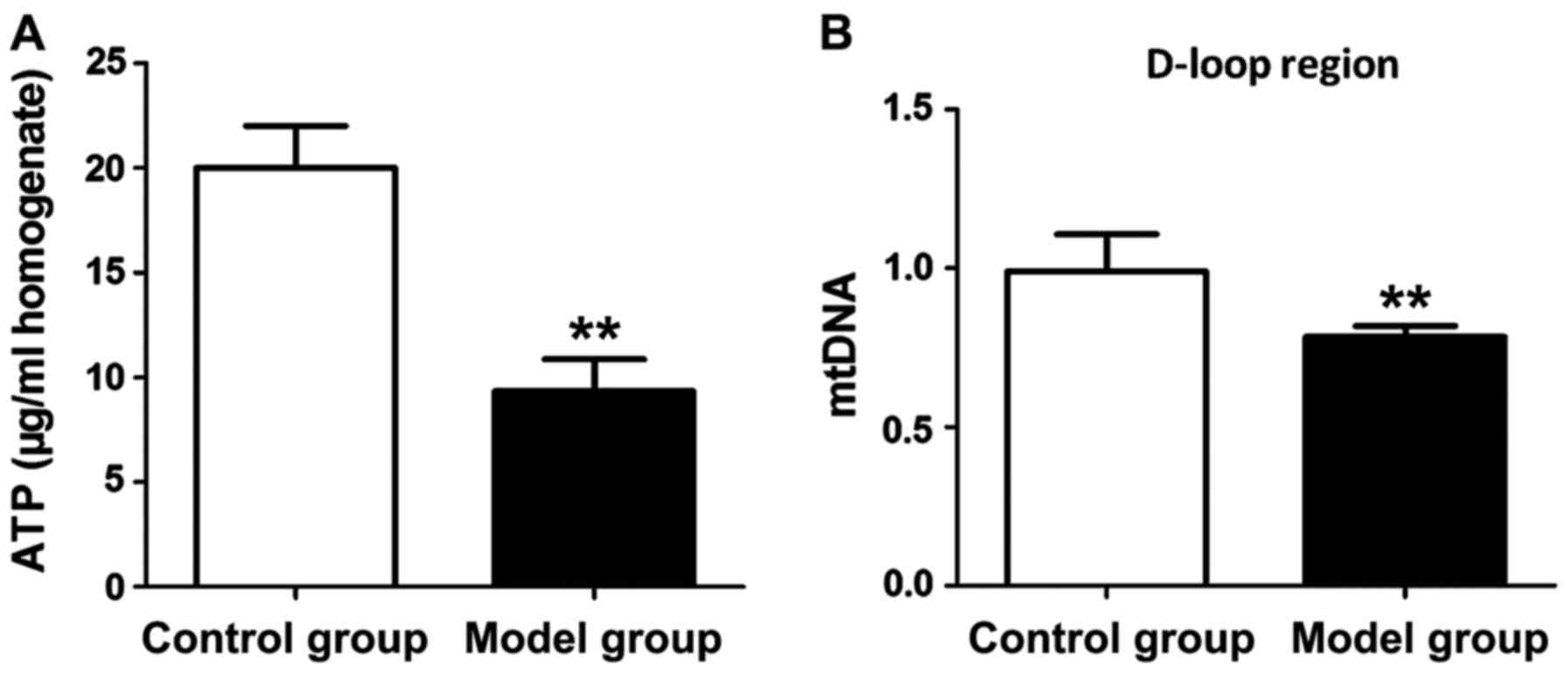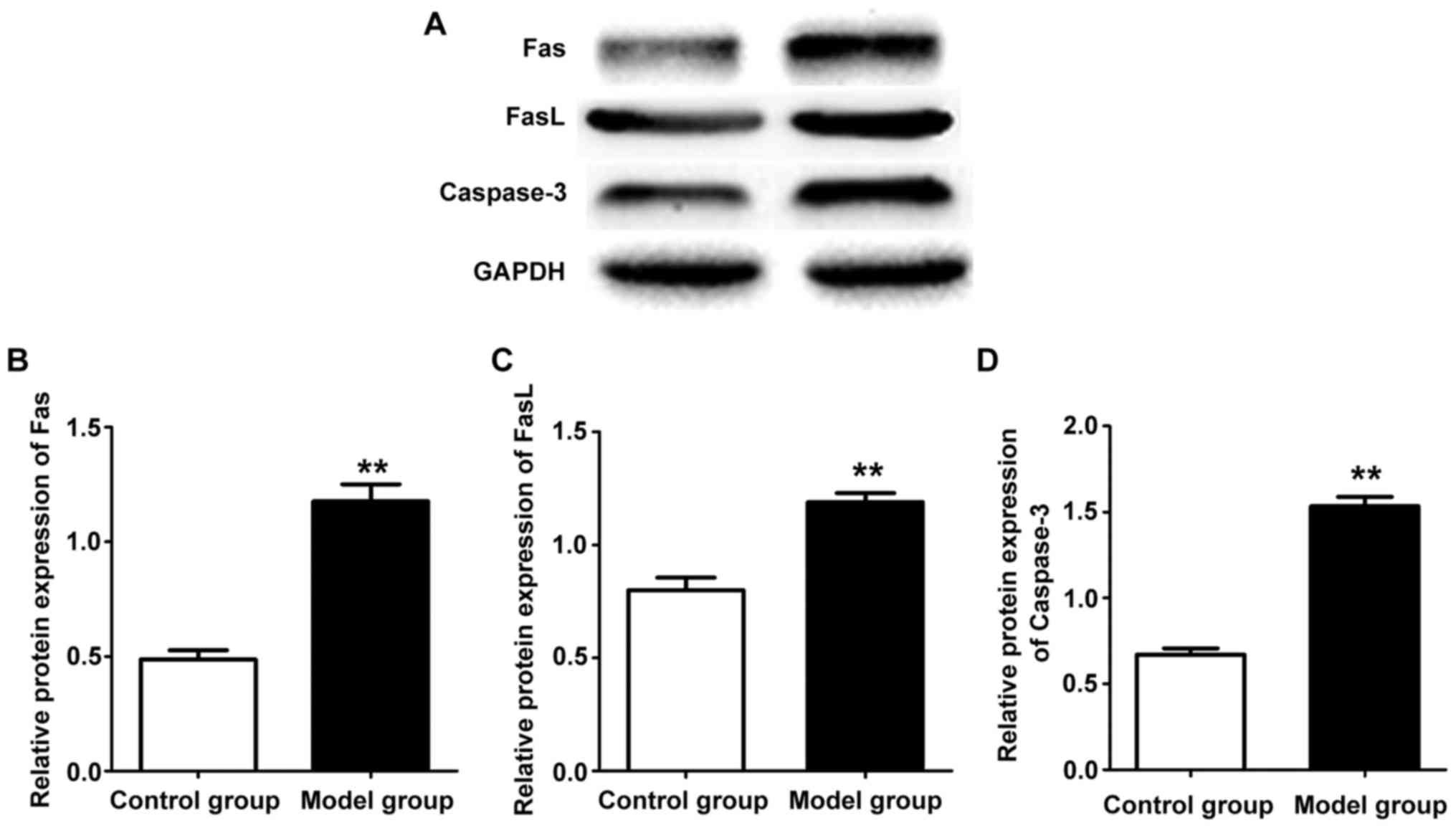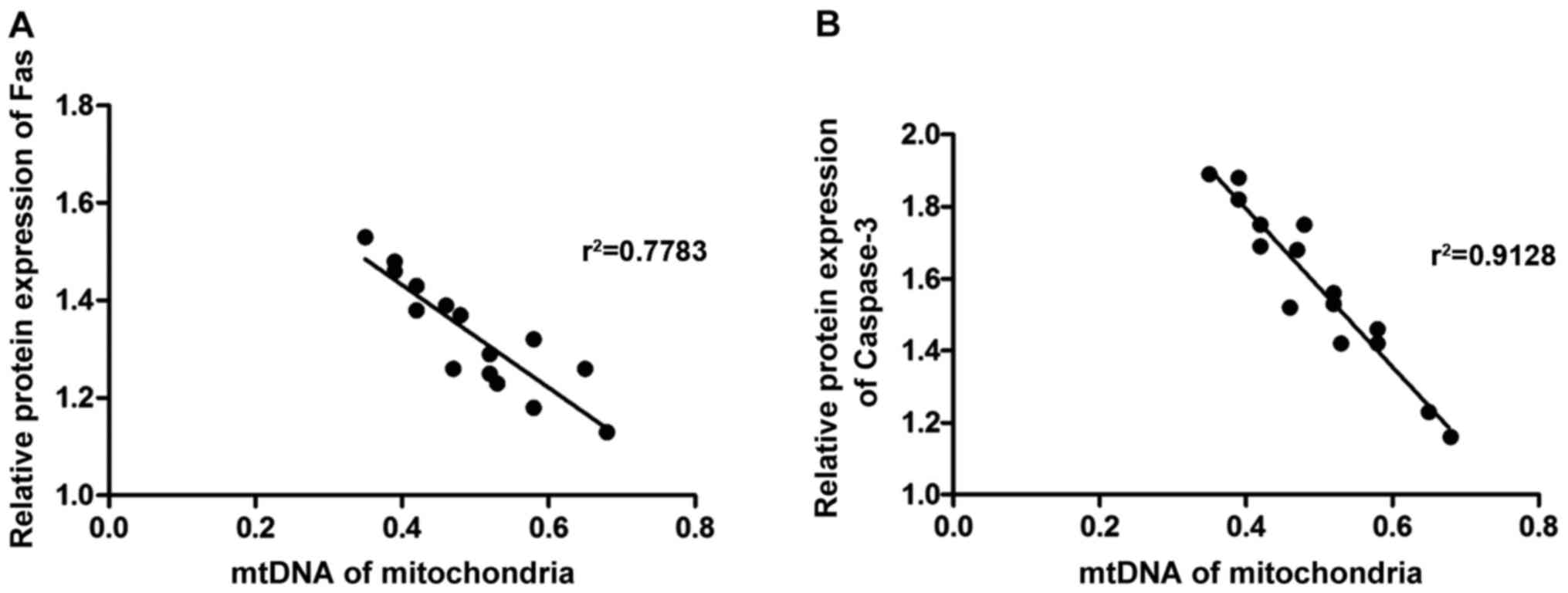|
1
|
Sahoo SS, Lhatoo SD, Gupta DK, Cui L, Zhao
M, Jayapandian C, Bozorgi A and Zhang GQ: Epilepsy and seizure
ontology: Towards an epilepsy informatics infrastructure for
clinical research and patient care. J Am Med Inform Assoc.
24:82–89. 2014. View Article : Google Scholar
|
|
2
|
Liu J, Reeves C, Michalak Z, Coppola A,
Diehl B, Sisodiya SM and Thom M: Evidence for mTOR pathway
activation in a spectrum of epilepsy-associated pathologies. Acta
Neuropathol Commun. 2:712014. View Article : Google Scholar : PubMed/NCBI
|
|
3
|
Speed D, OBrien TJ, Palotie A, Shkura K,
Marson AG, Balding DJ and Johnson MR: Describing the genetic
architecture of epilepsy through heritability analysis. Brain.
137:55–69. 2014. View Article : Google Scholar
|
|
4
|
Kaiboriboon K, Bakaki PM, Lhatoo SD and
Koroukian S: Incidence and prevalence of treated epilepsy among
poor health and low-income Americans. Neurology. 80:1942–1949.
2013. View Article : Google Scholar : PubMed/NCBI
|
|
5
|
Ying Z, Najm I, Nemes A, Pinheiro-Martins
AP, Alexopoulos A, Gonzalez-Martinez J and Bingaman W:
Growth-associated protein 43 and progressive epilepsy in cortical
dysplasia. Ann Clin Transl Neurol. 1:453–461. 2014. View Article : Google Scholar : PubMed/NCBI
|
|
6
|
Wirrell EC, Grossardt BR, Wong-Kisiel LC
and Nickels KC: Incidence and classification of new-onset epilepsy
and epilepsy syndromes in children in Olmsted County, Minnesota
from 1980 to 2004: A population-based study. Epilepsy Res.
95:110–118. 2011. View Article : Google Scholar : PubMed/NCBI
|
|
7
|
Bowen JM, Snead OC, Chandra K, Blackhouse
G and Goeree R: Epilepsy care in Ontario: An economic analysis of
increasing access to epilepsy surgery. Ont Health Technol Assess
Ser. 12:1–41. 2012.PubMed/NCBI
|
|
8
|
Bardai RJ, Lamberts RJ, Blom MT, Spanjaart
AM, Berdowski J, van der Staal SR, Brouwer HJ, Koster RW, Sander
JW, Thijs RD, et al: Lamberts, marieke T. epilepsy is a risk factor
for sudden cardiac arrest in the general population. PLoS One.
7:14–23. 2012. View Article : Google Scholar
|
|
9
|
Kovac S, Kostova Dinkova AT, Herrmann AM,
Melzer N, Meuth SG and Gorji A: Metabolic and homeostatic changes
in seizures and acquired epilepsy - mitochondria, calcium dynamics
and reactive oxygen species. Int J Mol Sci. 18:E19352017.
View Article : Google Scholar : PubMed/NCBI
|
|
10
|
Fahrner JA, Liu R, Perry MS, Klein J and
Chan DC: A novel de novo dominant negative mutation in DNM1L
impairs mitochondrial fission and presents as childhood epileptic
encephalopathy. Am J Med Genet A. 170:2002–2011. 2016. View Article : Google Scholar : PubMed/NCBI
|
|
11
|
McFarland KN, Liu J, Landrian I, Zeng D,
Raskin S, Moscovich M, Gatto EM, Ochoa A, Teive HA, Rasmussen A, et
al: Repeat interruptions in spinocerebellar ataxia type 10
expansions are strongly associated with epileptic seizures.
Neurogenetics. 15:59–64. 2014. View Article : Google Scholar : PubMed/NCBI
|
|
12
|
Livak KJ and Schmittgen TD: Analysis of
relative gene expression data using real-time quantitative PCR and
the 2−ΔΔCT method. Methods. 25:402–408. 2001. View Article : Google Scholar : PubMed/NCBI
|
|
13
|
Chang HJ, Liao CC, Hu CJ, Shen WW and Chen
TL: Psychiatric disorders after epilepsy diagnosis: A
population-based retrospective cohort study. PLoS One.
8:e599992013. View Article : Google Scholar : PubMed/NCBI
|
|
14
|
McDonald TS, Carrasco-Pozo C, Hodson MP
and Borges K: Alterations in cytosolic and mitochondrial
(U-13C)glucose metabolism in a chronic epilepsy mouse model.
eNeuro. Mar 9–2017.(Epub ahead of print). doi:
10.1523/ENEURO.0341-16.2017. View Article : Google Scholar : PubMed/NCBI
|
|
15
|
Rowley S, Liang LP, Fulton R, Shimizu T,
Day B and Patel M: Mitochondrial respiration deficits driven by
reactive oxygen species in experimental temporal lobe epilepsy.
Neurobiol Dis. 75:151–158. 2015. View Article : Google Scholar : PubMed/NCBI
|
|
16
|
Meng DW, Liu HG, Yang AC, Zhang K and
Zhang JG: Stimulation of anterior thalamic nuclei protects against
seizures and neuronal apoptosis in hippocampal CA3 region of kainic
acid-induced epileptic rats. Chin Med J (Engl). 129:960–966. 2016.
View Article : Google Scholar : PubMed/NCBI
|
|
17
|
Yamada A, Arakaki R, Saito M, Kudo Y and
Ishimaru N: Dual role of Fas/FasL-mediated signal in peripheral
immune tolerance. Front Immunol. 8:4032017. View Article : Google Scholar : PubMed/NCBI
|
|
18
|
Liu G, Yuan Y, Long M, Luo T and Bian J:
Beclin-1-mediated autophagy protects against cadmium-activated
apoptosis via the Fas/FasL pathway in primary rat proximal tubular
cell culture. Sci Rep. 8:3941–3948. 2017.
|
|
19
|
Zhou X, Hong T, Yu Q, Nie S, Gong D, Xiong
T and Xie M: Exopolysaccharides from Lactobacillus plantarum
NCU116 induce c-Jun dependent Fas/Fasl-mediated apoptosis via TLR2
in mouse intestinal epithelial cancer cells. Sci Rep. 7:142472017.
View Article : Google Scholar : PubMed/NCBI
|
|
20
|
Hu L, Chen L, Yang G, Li L, Sun H, Chang
Y, Tu Q, Wu M and Wang H: HBx sensitizes cells to oxidative
stress-induced apoptosis by accelerating the loss of Mcl-1 protein
via caspase-3 cascade. Mol Cancer. 10:432011. View Article : Google Scholar : PubMed/NCBI
|
|
21
|
Zhou X and Hong T: Exopolysaccharides from
Lactobacillus plantarum NCU116 induce c-Jun dependent
Fas/Fasl-mediated apoptosis via TLR2 in mouse intestinal epithelial
cancer cells. Retrovirology. 5:14–35. 2008.PubMed/NCBI
|















